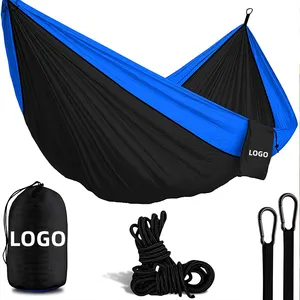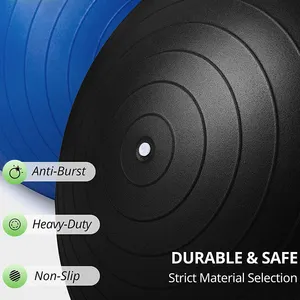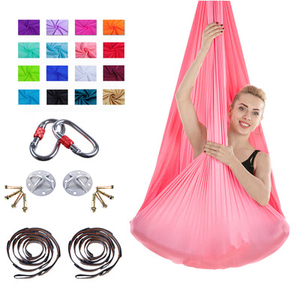Aerial Yoga Hammock: An Overview
The aerial yoga hammock is a specialized fabric apparatus that allows practitioners to perform yoga poses while suspended in the air. This unique form of yoga, also known as anti-gravity or aerial yoga, combines traditional yoga poses, Pilates, and dance with the use of a hammock.
Types and Materials
Aerial yoga hammocks come in various types, including silks, slings, and swings, each catering to different aspects of aerial yoga practice. The materials used for these hammocks are typically high-strength nylon or polyester with a significant amount of give and durability to support various body weights and movements.
Features and Applications
The design of an aerial yoga swing often includes handles or grips, allowing for a variety of poses and exercises. These hammocks are not only for yoga studios but also for home use by enthusiasts looking to enhance their flexibility, strength, and meditation practices. The versatility of an aerial yoga sling extends to therapeutic applications, providing relief from back pain and aiding in spinal decompression.
Advantages of Aerial Yoga Hammocks
Using an aerial yoga hammock has several benefits, such as improved core strength, deeper stretch without compressing the joints, and the invigoration of the lymphatic system. Additionally, the hammock acts as a prop to aid in advanced yoga poses that might be difficult to achieve on the mat.
Setting Up Your Aerial Yoga Hammock
While the setup of an aerial hammock may seem daunting, it is straightforward with proper guidance. The hammocks can be attached to ceiling mounts or stand-alone frames, allowing for flexibility in practice locations. It is essential to follow the manufacturer's instructions to ensure safety and stability during use.
Choosing the Right Aerial Yoga Hammock
Selecting the right aerial yoga hammock is crucial for a safe and effective practice. Factors to consider include the fabric's weight capacity, texture, and ease of maintenance. While personal preference plays a role, it is advisable to seek a balance between comfort and functionality.











































 浙公网安备 33010002000092号
浙公网安备 33010002000092号 浙B2-20120091-4
浙B2-20120091-4